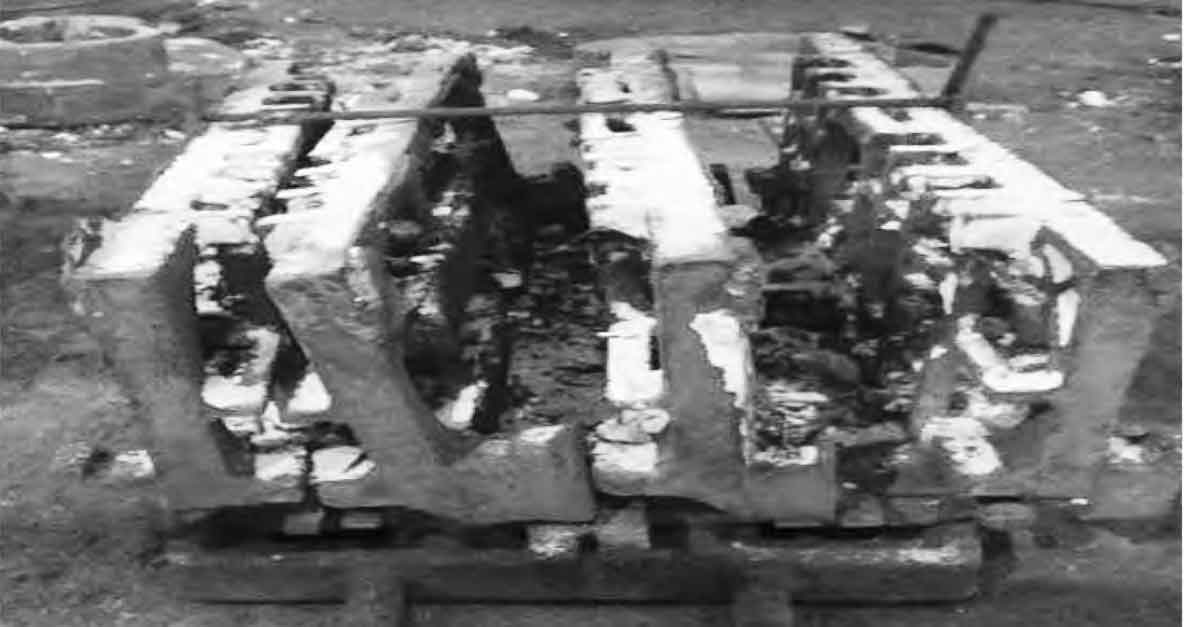Heat treatment plays a vital role in enhancing the material properties and performance of sand castings. Sand castings are made by pouring molten metal into a sand mold, and the resulting casting often requires heat treatment to achieve the desired mechanical and metallurgical characteristics. Here are some ways in which heat treatment can improve the material properties and performance of sand castings:

- Stress relief: Sand castings can develop internal stresses during the solidification and cooling process. Heat treatment helps in relieving these residual stresses, thereby reducing the risk of cracking, warping, or dimensional distortion of the casting.
- Homogenization: During the solidification of the molten metal in the sand mold, the material can experience uneven cooling rates, resulting in an uneven distribution of alloying elements and microstructural variations. Heat treatment can homogenize the microstructure, promoting uniformity in composition and properties throughout the casting.
- Grain refinement: The size and morphology of grains in the casting’s microstructure significantly influence its mechanical properties. Heat treatment can refine the grain structure by controlling the nucleation and growth of new grains. Fine-grained castings generally exhibit improved strength, toughness, and fatigue resistance.
- Solution treatment: For certain alloys, such as aluminum or certain stainless steels, heat treatment involves a solution treatment step. This process heats the casting to a high temperature, allowing the dissolution of alloying elements into a solid solution. Subsequent rapid cooling, known as quenching, helps retain these dissolved elements in a supersaturated state. This treatment improves the casting’s strength and corrosion resistance.
- Precipitation hardening: Some alloys, such as certain aluminum alloys, can be further strengthened through precipitation hardening. After the solution treatment and quenching, the casting is aged at a relatively lower temperature to allow the formation of fine precipitates. These precipitates impede dislocation movement, enhancing the casting’s strength and hardness while maintaining reasonable ductility.
- Surface hardening: Heat treatment techniques like case hardening or induction hardening can be applied to the surface of sand castings to enhance wear resistance and surface hardness. These methods involve heating the surface of the casting and then rapidly cooling it, creating a hardened layer while maintaining the desired properties in the core.
It is important to note that the specific heat treatment processes and parameters depend on the alloy composition, desired properties, and the application requirements of the sand casting. Proper heat treatment can significantly improve the material properties, dimensional stability, and overall performance of sand castings, ensuring their suitability for various industrial applications.
